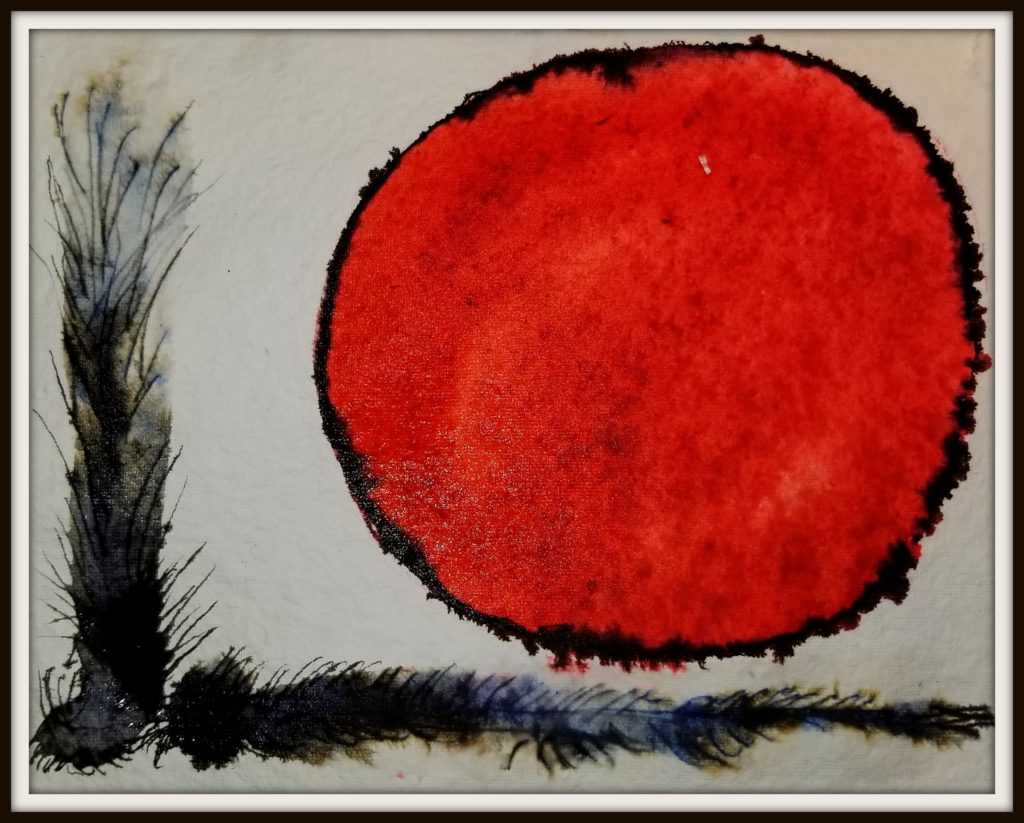Primavera
My favorite fado song by Mariza: Primavera....
Fado feels essential as a way of being with what is coming....look at the lyrics to this song to see what I mean.
Spring
All the love that had tied us, as if it was of wax, was breaking and crumbling down. Ai, tragic Spring how I wish, how I wish that we had died on that day And I was comdemd to so much to live with my crying to live, to live, and without you Living, however without forgetting the enchantment that I lost that day hard bread of loliness that’s all we get that’s all we are given to eat What does the heart matter, whatever it says, yes or no, if it keeps on living All love that had tied us, was breaking and crumbling down, was turning into dread No one should talk to about Spring how I wish, how I wish that we had died on that day.

